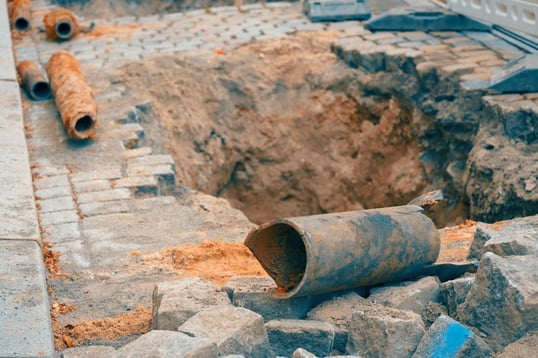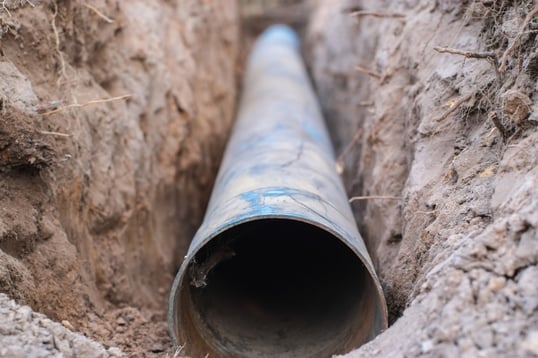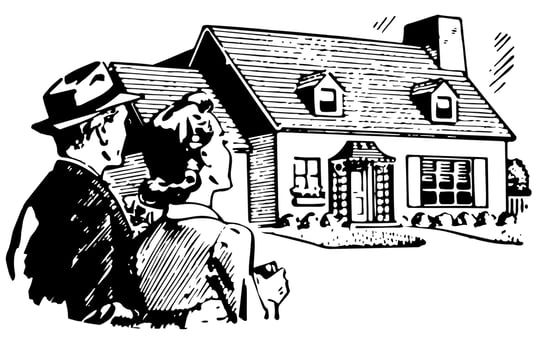When you think about a water line replacement, a few things will likely come to mind. For one, you wonder if your lawn is going to be absolutely ruined. Even more burdensome will be the main water line replacement’s toll on your bank account, you might expect. Despite all the costs, however, it’s not as if you can just live on without a functioning water line. It’s a sacrifice you, along with many other homeowners, will eventually have to make. But what if we told you it doesn’t have to be this way?
Read More
We rely on our plumbing every day. Our sinks, showers, and toilets are must-haves that we couldn't live without! But what happens when the plumbing pipes on your property aren't performing? Do they have to be replaced, or can they simply be relined? If you've noticed some of the warning signs we highlight here, don't wait to have your pipes checked. As Ben Franklin famously said, "An ounce of prevention is worth a pound of cure." So, check those pipes before they become a major problem. But first, here's a closer look at what you may be dealing with.
Read More
Sometimes, it doesn’t matter how much preventative maintenance you take for your pipes. Eventually, you may have a leak in your pipes and need a broken sewer pipe repair.
Read More
It is often difficult to determine how severe sewer pipe damage is and where pipe damage is located without the use of pipe inspection cameras. If your home’s subterranean sewer pipes have been compromised by intrusion, poor installation, or natural elements, then contacting a trained plumbing specialist to inspect your pipes is a crucial first step.
Read More
Your drains are draining slowly and your toilet is slow to flush. You’ve used homemade solutions to clear your drains. You’ve broken out the plunger and eventually the auger. Despite all your attempts, nothing has seemed to work!
Read More
No one likes a damaged or failed sewer pipe. Not only are they a messy frustration, but traditional repairs can be just as much of an inconvenience. Luckily, traditional methods can be left in the past! With today’s trenchless technologies, you may not need to spend thousands on pipe repairs.
Read More
Were your sewer pipelines installed between 1945 and 1972? The odds are they were made from a material called Orangeburg. Sewer pipes made from this material are comprised of tar paper, making them brittle and light.
Read More
While there are methods to restore pipe damage from tree roots, you can often make smarter landscaping decisions early on to avoid intrusions altogether. A lot of this depends on knowing where your underground pipelines lie, as well as what plant species require deep or wide roots - species to avoid if pipes run across or throughout your lawn, or are within a certain depth range.
Read More
Every now and again, leaks can occur in the home. It can happen to even the most diligent homeowner. Thankfully, many of the most common leaks occur in relatively easy-to-reach areas such as below a sink or in the shower or toilet. These leaks are easy to spot and can often be fixed with a few ordinary household plumbing tools.
Read More
Underground pipes endure a great deal of wear and tear over time. In addition to the strain of normal use, they can be damaged by clogs, corrosion, shifting soil, or tree roots. Eventually, most pipes need to be repaired or replaced. The only option for such a project used to involve digging up the pipe, which caused extensive damage to landscaping, driveways, and sidewalks.
Read More










